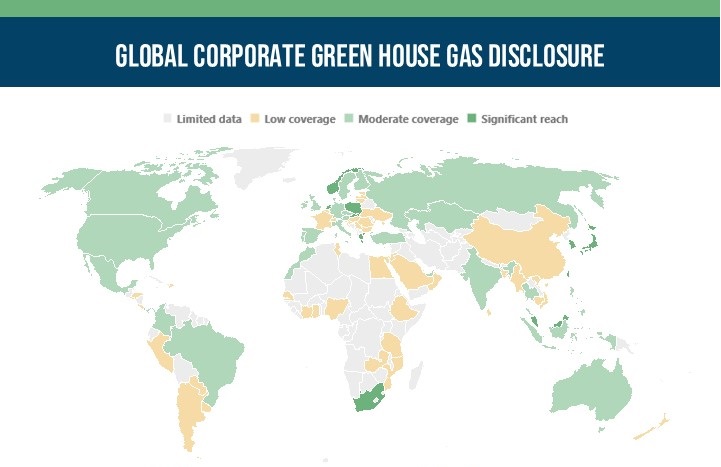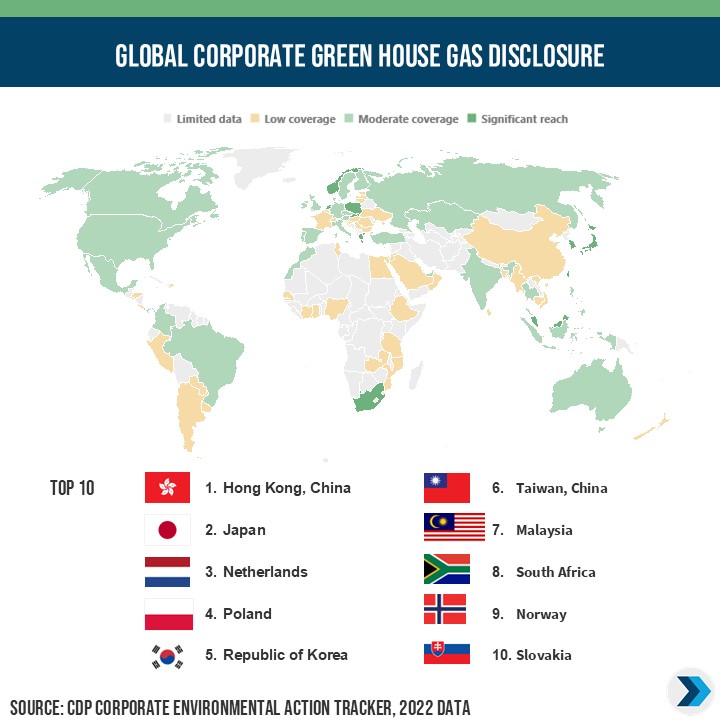
22 Oct Sustainability: Don’t get left behind on GHG disclosure
 “Companies have to demonstrate to their investors and customers their understanding and preparedness of all these [climate] risks in order to avoid reputational damages,” said Mr. C.F. Wong, Commissioner for Climate Change in the Environment and Ecology Bureau of the Hong Kong , during his keynote speech at the BEC EnviroSeries Conference.
“Companies have to demonstrate to their investors and customers their understanding and preparedness of all these [climate] risks in order to avoid reputational damages,” said Mr. C.F. Wong, Commissioner for Climate Change in the Environment and Ecology Bureau of the Hong Kong , during his keynote speech at the BEC EnviroSeries Conference.
Throughout the early 2020’s we have seen a flurry of goal setting, with many companies and governments setting mid to long-term emissions goals. But critical to reaching these goals is creating transparency around where companies are on their sustainability pathway. Currently Hong Kong leads the way but why?
New standards like the International Sustainability Standards Board, created in 2021 and backed by the G7 and G20, have been working to create robust but effective reporting standards that will empower investors. Investors, incorporating ESG into their analysis, are using this information to assess the regulatory and climate-change preparedness and mitigation risks associated with their investments.
Hong Kong, the only region to attain good reach (one level above significant reach and over 50% disclosure) has been able to do so with a mixture of regulatory pressure and dedicated leadership. The Hong Kong exchange recently set the requirement for IFRS climate disclosure of all companies listed on the exchange. Additionally with a dedicated Office of Climate Change & Carbon Neutrality and climate goals that are currently more ambitious than the mainland, Hong Kong has been demonstrating a strong commitment.
What can businesses elsewhere take away from this, however? In the US, climate disclosure was moderate as of 2022. As of March this year, the US Securities and Exchange Commission (SEC) adopted the Enhancement and Standardization of Climate-Related Disclosures for Investors rule. “Large public companies will need to start reporting their financial exposure to climate-related risks such as severe weather events by 2025. They will have until 2026 to begin disclosing their emissions.” – Washington Post. Companies will have to move quickly to implement standards.
For investors and consumers alike, this is a beneficial period, as we are better able to scrutinize brands on their environmental credentials, preparedness and progress. We are going through a decade of increased transparency due to regulatory pressure. Brands that get ahead of the wave can take advantage of the reputational benefits and as Mr. Wong points out, avoid the reputational cost of complacency.
Chart: Low coverage: 1-10%, Moderate coverage: 11%-25%, Significant reach: 26%-50%, Good reach: 51%-75%
Sources:
- https://www.youtube.com/watch?v=U9I5BaU5nGs
- https://www.policyaddress.gov.hk/2023/en/p154.html
- https://www.ifrs.org/groups/international-sustainability-standards-board/
- https://www.cdp.net/en/data/corporate-environmental-action-tracker
- https://www.esgtoday.com/hong-kong-exchange-to-require-ifrs-based-climate-disclosure-beginning-2025/
- https://www.washingtonpost.com/climate-environment/2024/03/06/sec-climate-disclosure-rule/
#climatechange #sustainability #carbonemissions #brandsustainability


